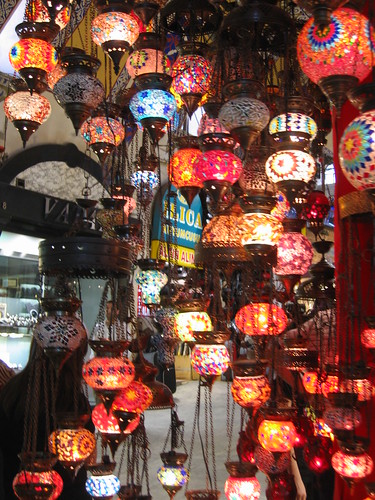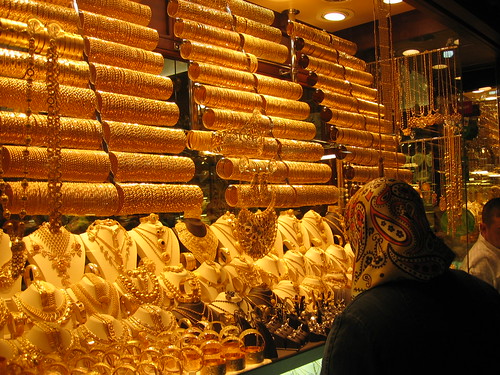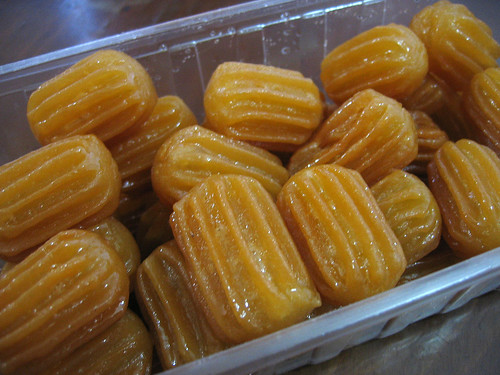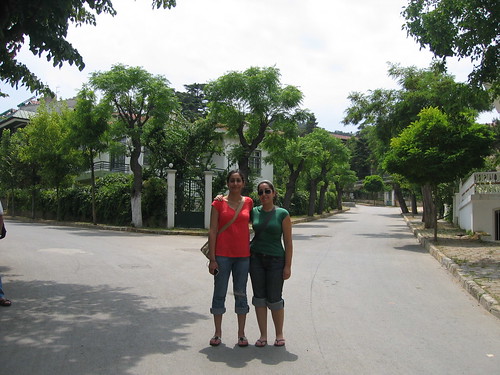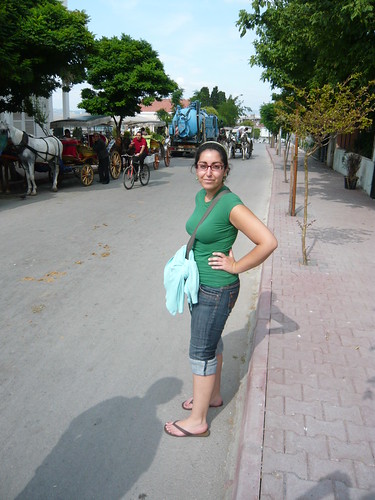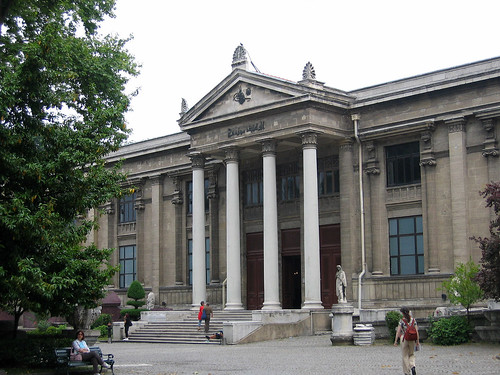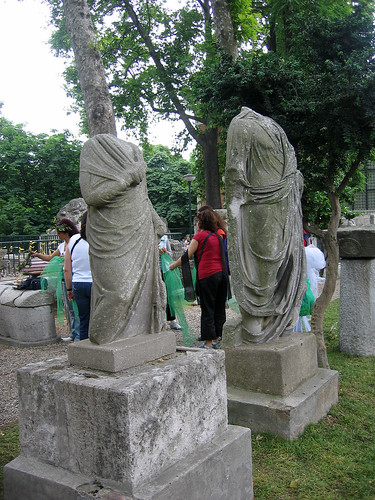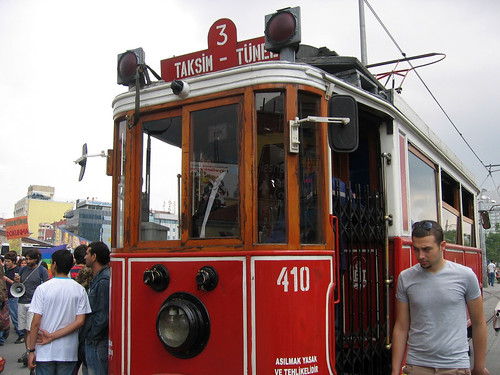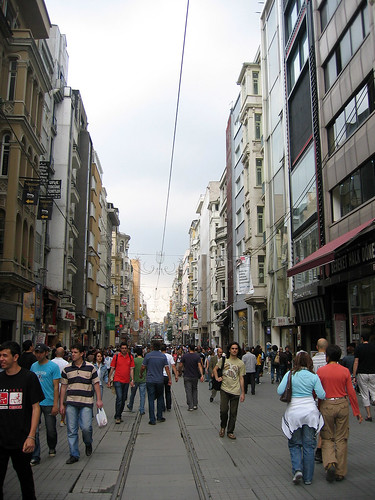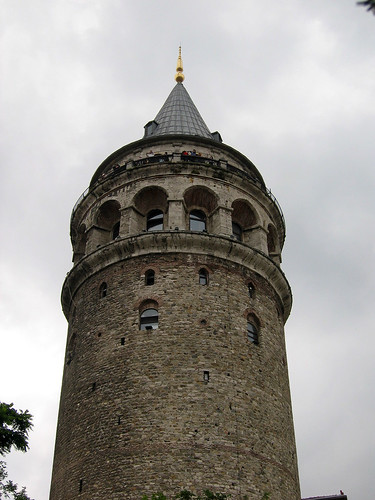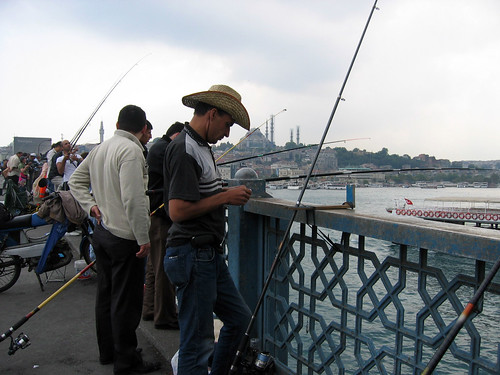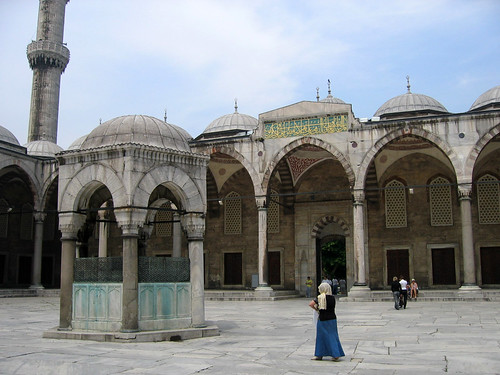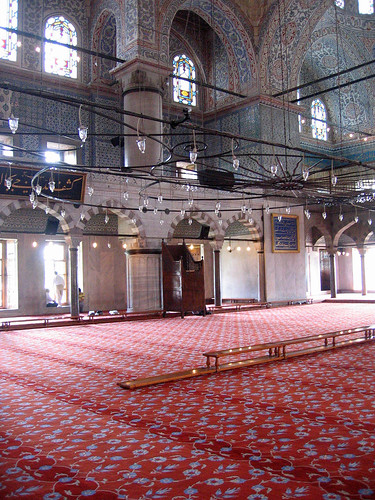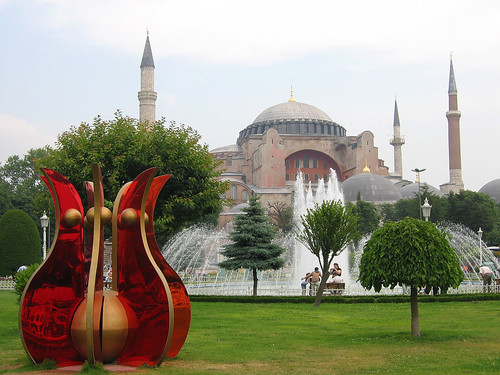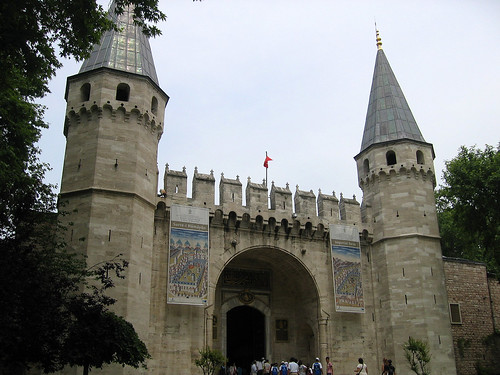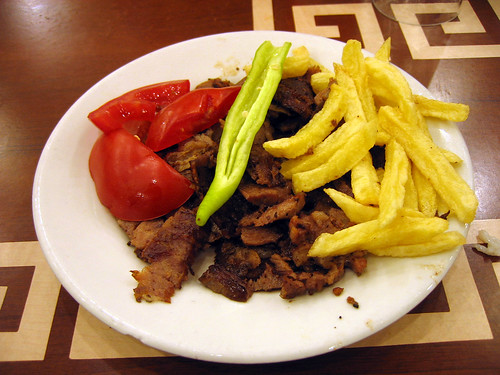On our second attempt to visit Kapali Carsi, my family and I made sure to go on a weekday, when the main part of the bazaar and all of the merchants were sure to be open. Kapali Carsi, or the Grand Bazaar, is one of the largest markets in the world with different areas devoted to trades ranging from gold and rugs, to spices and fabrics, and just about anything else you could ever imagine. We spent the better part of the day there, but I think we could have spent closer to a week exploring in order to see every corner.
The main way was bustling with people, but the side alleyways were more sparsely packed, making for more determined merchants.
The more we walked, the more I noticed a trend. When I spoke Persian, most merchants would state their price lower than when I spoke English. I suppose the logic is that if you’re visiting from Iran, you can’t afford as high a price as those visiting from Europe. I used this to my advantage, although interestingly enough, most merchants approached me in Spanish instead of Persian or Turkish.
I noticed another trend. Quite a number of female tourists were interested in purchasing belly dancing costumes. I’m not quite sure how I feel about this, considering that I overheard more than one specifically request “the kind that Turkish girls wear!” Pardon? In any case, ladies, baby blue and fuschia polyester costumes are so last year. The latest issue of What Turkish Girls Wear said so.
During our visit, I bought an inlaid backgammon set, a hookah, a few evil eye trinkets, Turkish delights, Ottoman-era coin earrings, and a turquoise ring. I suppose it’s a good thing that I only had enough time to spend one day in the bazaar or I might have gotten carried away.
On our walk back to our flat, we stopped to purchase a box of freshly-baked sutis, which looked exactly like but tasted like a sweeter and crisper version of Iranian bamiyeh.
With sweets in one hand and handicrafts in another, I’d say it was a pretty productive day.


